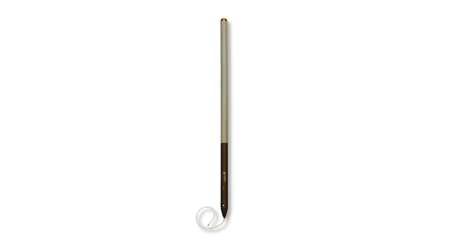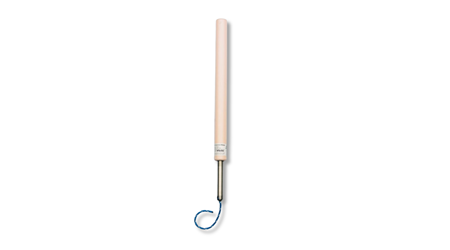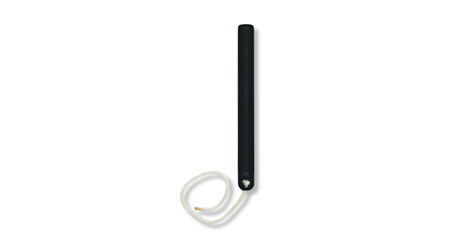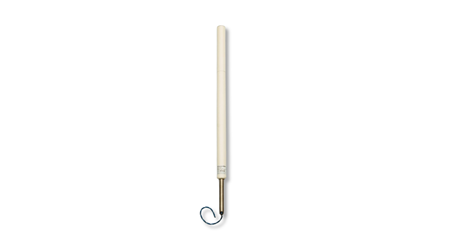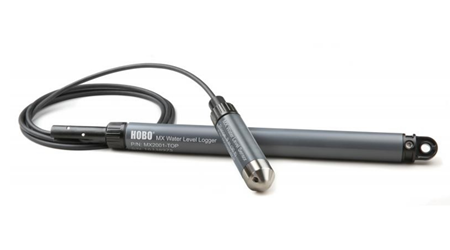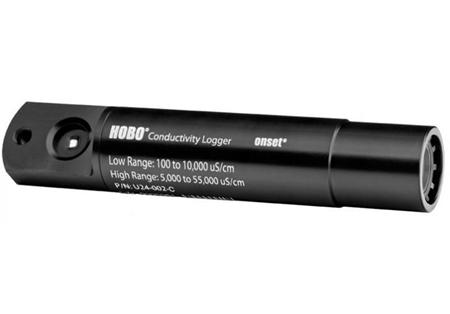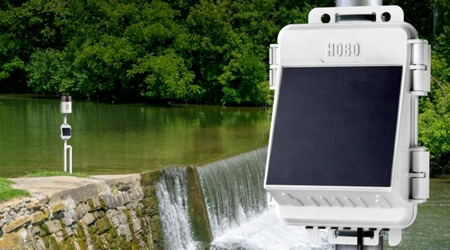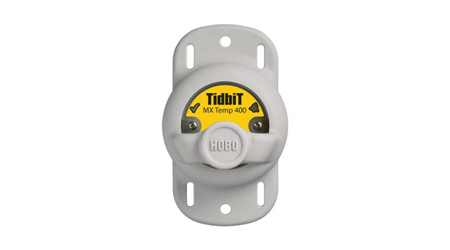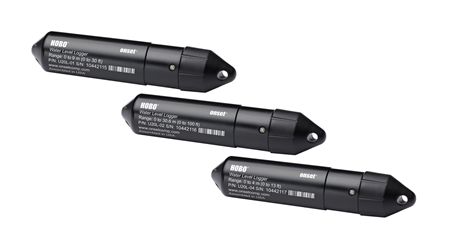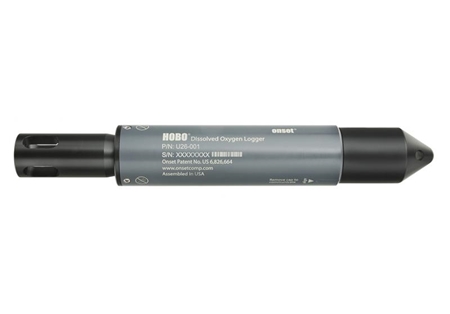Coastal Ecology
Coastal zones are rich in biodiversity and valued for their ecological significance and natural resources, often supporting unique and important habitats. Many ecosystems in these areas are also fragile and increasingly at risk from strong growth and development occurring along coastlines.
For this reason, it is vital to study the ecology in coastal regions and understand how these natural systems respond to changing environmental conditions. Data from monitoring programs can offer significant insights for helping better manage and protect these valuable ecosystems.
Water Current Monitoring
Are you looking for a new way to measure current?
Tilt current meters are a reliable and affordable way to measure current and can be used in a variety of settings.
With a Tilt current meter, you will be able to achieve your research goals with ease. These meters are easy to use and are designed for scientists, engineers and other curious people who need accurate measurements.
Applications
The applications of tilt water current meters and data loggers are incredibly diverse, highlighted below are just a few ways to how they have can been used in real-world settings.
Coral Reefs in the Florida Keys
A dozen Tilt Current Meters (TCM-1’s) were deployed in the Florida Keys and South East Florida in coral reef habitats. Lew Gramer, Assistant Scientist with NOAA & The University of Miami's Cooperative Institute, said of the tilt current meters, “they are especially useful because they can show how the water flows over the coral”.
The TCM’s were first deployed in 2015 and are cycled through a 6-month time series to study temperature and flow. The research team led by Stephanie Rosales and Dana Williams is investigating how water flow is related to the health of the coral. “ADP’s generally miss the boundary and there is a need for accurate temperature and velocity”, Gramer noted, “The more traditional instruments measure whole water columns and profiles but generally miss coral where they live and experience the flow. Because the TCM’s are very sturdy, less expensive and easier to deploy they can be packed more densely in areas that are topographically complex”.
Coral Reef and Seagrass Study in Palau
Stanford University undergraduate students got to work with hands-on field tools under the direction of two lead instructors including Stephen Monismith, the Obayashi Professor in the School of Engineering. In the Republic of Palau, students donned snorkeling gear and collected data on the coral reefs and its surrounding ecosystem.
Heidi Hirsh was one of the participants of the Ecology and Management of Coral Reefs of Palau program seminar. She deployed several tilt current meters (TCM-1's) that "coupled biogeochemical and hydrodynamic measurements to provide a high-resolution record of seagrass productivity”. A meter was deployed at either end of a 571m seagrass bed in conjunction with Acoustic Doppler Velocimeters (ADVs) and Acoustic Doppler Profilers (ADPs). They were then used "to determine the dominant current flow direction and velocity at either end of the seagrass bed”.'
Pregnant Spotted Ragged-Toothed Sharks in South Africa
Sharklife Conservation Group deployed Tilt Current Meters (TCM-1's) in iSimangaliso Wetland Park Marine Protected Area to collect temperature and current data, and study the effects these environmental conditions have on pregnant Spotted Ragged-toothed sharks (C. Taurus). These sharks, also known as "Raggies", have a nine-month gestation period and congregate every year in this marine protected area off South Africa from December through March. The Tilt Current Meter deployment are part of a 3-year study that aims to identify key congregation areas and movement patterns of the pregnant sharks. Understanding the sharks’ spatial and temporal abundance is key to protecting important congregation sites and migratory corridors. The TCM-1's are easy for a diver to carry and deploy and most importantly, are non-intrusive to sensitive habitats and animals.
Oyster Castle® Reefs on Nantucket
The Nantucket Conservation Foundation and the Town of Nantucket Natural Resource Department had a challenge to find a way to reduce wave and tide impacts at the Medouie Creek salt marsh in Polpis Harbor while hoping to improve the ecological health of the marsh and the harbor.
Dr. Jen Karberg, the Research Program Supervisor with the Nantucket Conservation Foundation, has been using Lowell Instrument’s TCM-4 shallow water tilt current meters to monitor the existing conditions and will provide continuous long-term data to see how the reef changes water direction and speed around the salt marsh.



















































